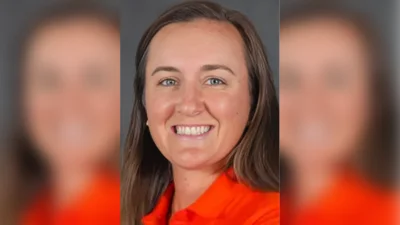An Ohio Virtual Academy student doesn't meet the "brick-and-mortar" requirements for receiving free school meals. | Dave Walters/Pixabay
An Ohio Virtual Academy student doesn't meet the "brick-and-mortar" requirements for receiving free school meals. | Dave Walters/Pixabay
A federally assisted meal program that provides free or reduced-cost meals for students of public, nonprofit private schools and residential child care institutions seems to bypass a student of an Ohio virtual school.
The National School Lunch Program, a part of the U.S. Department of Agriculture's Food and Nutrition Service, traditionally has provided low-cost or no-cost lunches to eligible students each school day, a fact sheet said. Before the COVID-19 pandemic, children could qualify for the school meals through household income and family size.
Pastry chef and food photographer Kendra Mitchell withdrew her youngest daughter from a brick-and-mortar school in spring 2020 for the 2020-21 school year, Mitchell told the Buckeye Reporter. Mitchell’s daughter, who has learning disabilities, is enrolled in Ohio Virtual Academy, a full-time online K-12 public school, its website said.
“My child could get the support she needed as well as receive online occupational therapy and speech therapy through the school since they receive the same benefits as brick-and-mortar public schools,” Mitchell said.
However, only students in brick-and-mortar schools can benefit from low-cost or no-cost lunches through the National School Lunch Program.
The Agriculture Department has issued “flexibilities” allowing brick-and-mortar schools and child care institutions to serve meals for free to all kids in the 2020-2021 plus 2021-2022 school years, a USDA press release said.
“This unprecedented move is part of USDA’s unwavering commitment to ensuring all children across America have access to nutritious food as the nation recovers from the COVID-19 pandemic,” the news release announcing the extension of free meals said.






 Alerts Sign-up
Alerts Sign-up